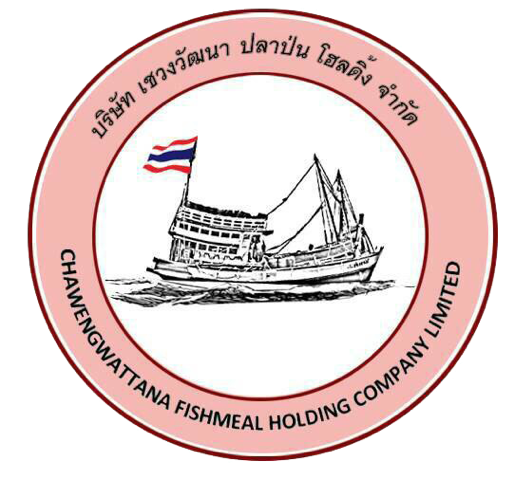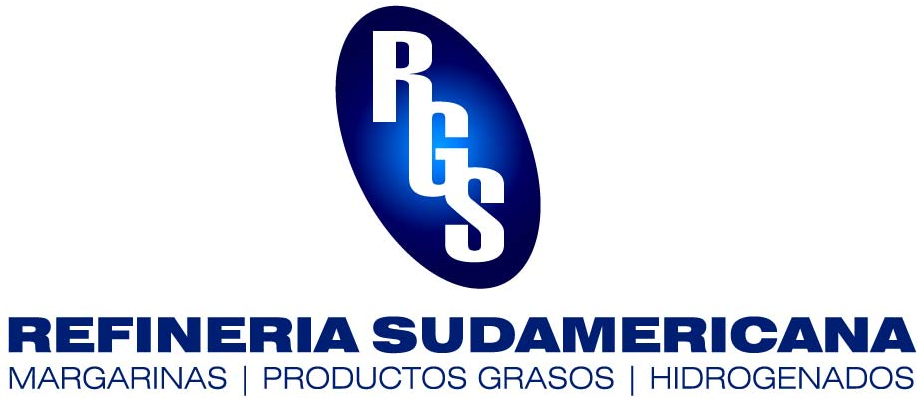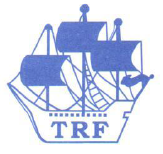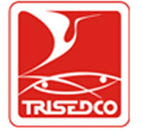Join Now | Free Trial | Login | Membership
The Peruvian fishing sector grew 52% in June encouraged by greater landing of anchovy, according to the country's production ministry, Produce.
Meanwhile, the ministry said the first fishing season in the north-center area of the country ended on July 31, having achieved about 85% of the 2.8 million-metric-ton quota.
Undercurrent News had anticipated that it was unlikely that Peru would reach 100% of the quota, because of high amount of juveniles in the water, which caused the triggering of over 80 mini-bans in distinct areas of fishing since the start of the season, in combination with some bad weather and logistics problems due to the huge amount of fishmeal to be shipped.
Produce estimates the country's fishing sector will grow around 65% over 2017 compared with the previous year, driven particularly by higher anchovy landings, it also said.
Production minister Pedro Olaechea reported that in June the fishing sector grew 52% compared to the same month of 2016, encouraged by an increase in the landing of resources for indirect human consumption.
"With this figure, fishing that has an incidence of 0.7% in the national gross domestic product, accumulated three months of consecutive growth," Olaechea said.
The jump in Peruvian catches during previous months boosted earnings of fishing firms operating in the country. Peruvian fishmeal producer Pesquera Exalmar, for example, saw its net profit return to black during the first half of the year, thanks to improved anchovy landings.
Olaechea noted that pelagic landings for indirect human consumption allowed an 81% increase in the production of fishmeal during June compared with 2016.
He also pointed out that, in addition to a greater number of fishing days, production of frozen seafood, such as giant squid, shrimp, hake and tuna, among others, also increased.
Favorable oceanographic conditions, following the end of El Nino, contributed to the increase in the availability of these resources, driving a 242.7% in their production, according to Produce.
Prices on the rise for all species but anchovy and hake
While better anchovy catches have pressured fishmeal prices, prices for all other species, aside from from hake, have increased about 20% on average between mid-May and July, Peruvian sources said. So, prices for mahi mahi, octopus, giant squid, among other species, are up.
The rise in price was mainly driven by higher demand, while catches partially increased compared with 2016, which has been characterized by very low catches, due to El Nino.
"Catches of giant squid are almost double compared with last year," a source from a large fishing firm told Undercurrent.
The source pointed out that in recent months giant squid catches had been better than last year, which was characterized by El Nino, but still below their 2015 level.
"Comparing giant squid fishing between 2017 and 2015, we are at 70% or less," said the source. He also noted that some smaller firms without a processing plant had "stopped working", as they did not manage to adapt to the volatility in catches or managed to diversify their business well enough.
The mahi mahi season in Peru, which runs from October to March, was partially negatively impacted by El Nino, sources pointed out, adding that volumes of squid and octopus landed in Peru had dropped below 2015 and 2016 levels, possibly due to catches of juveniles and illegal fishing.
Hake catches, particularly for smaller sizes, have instead significantly improved, according to sources. Squid prices have been partially pressured by abundant catches in Argentina earlier this year, one said.
Back to listing



























